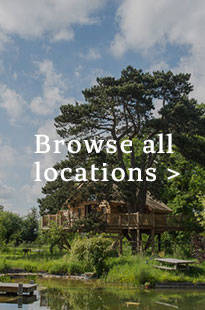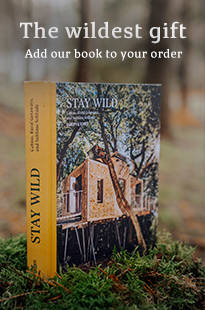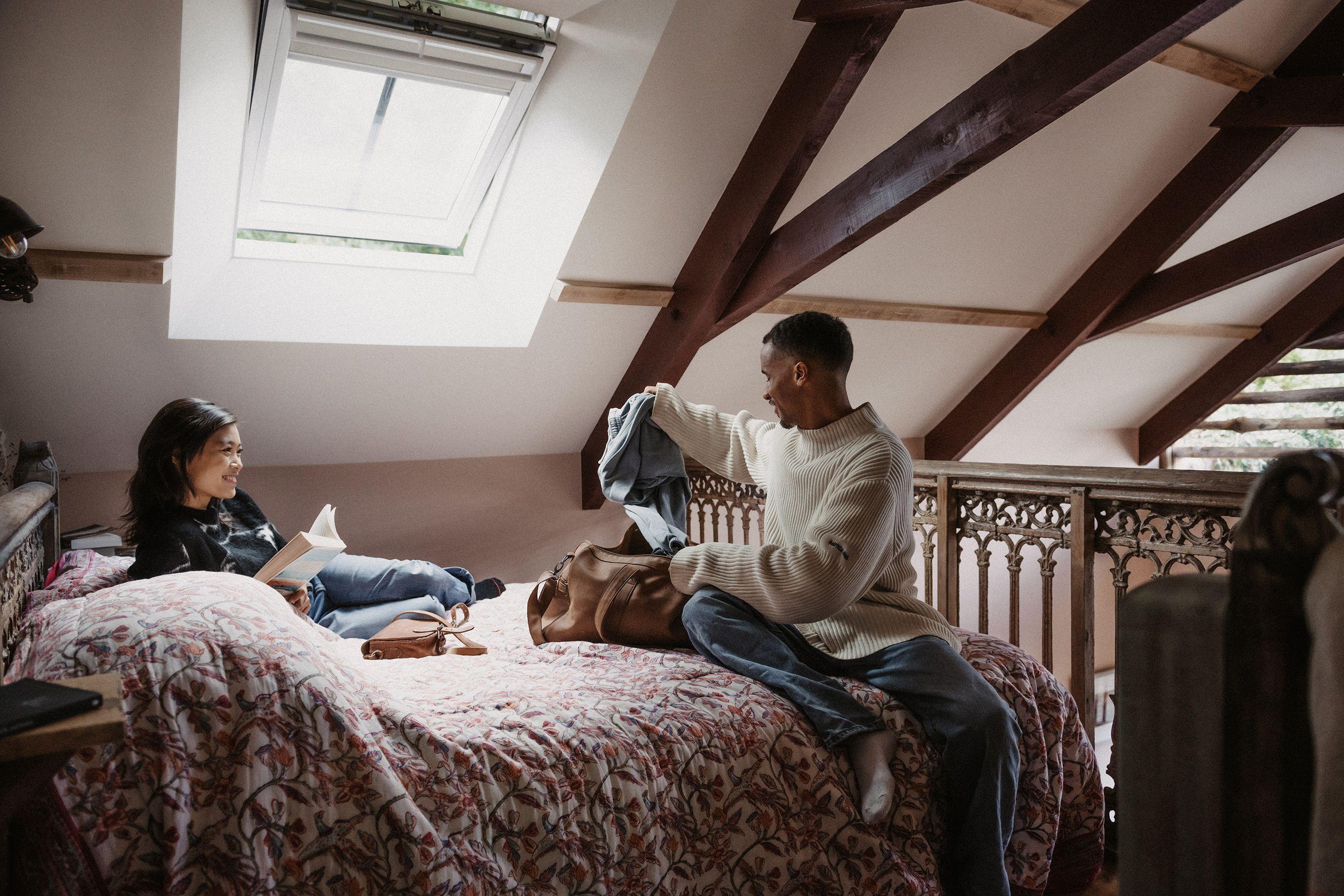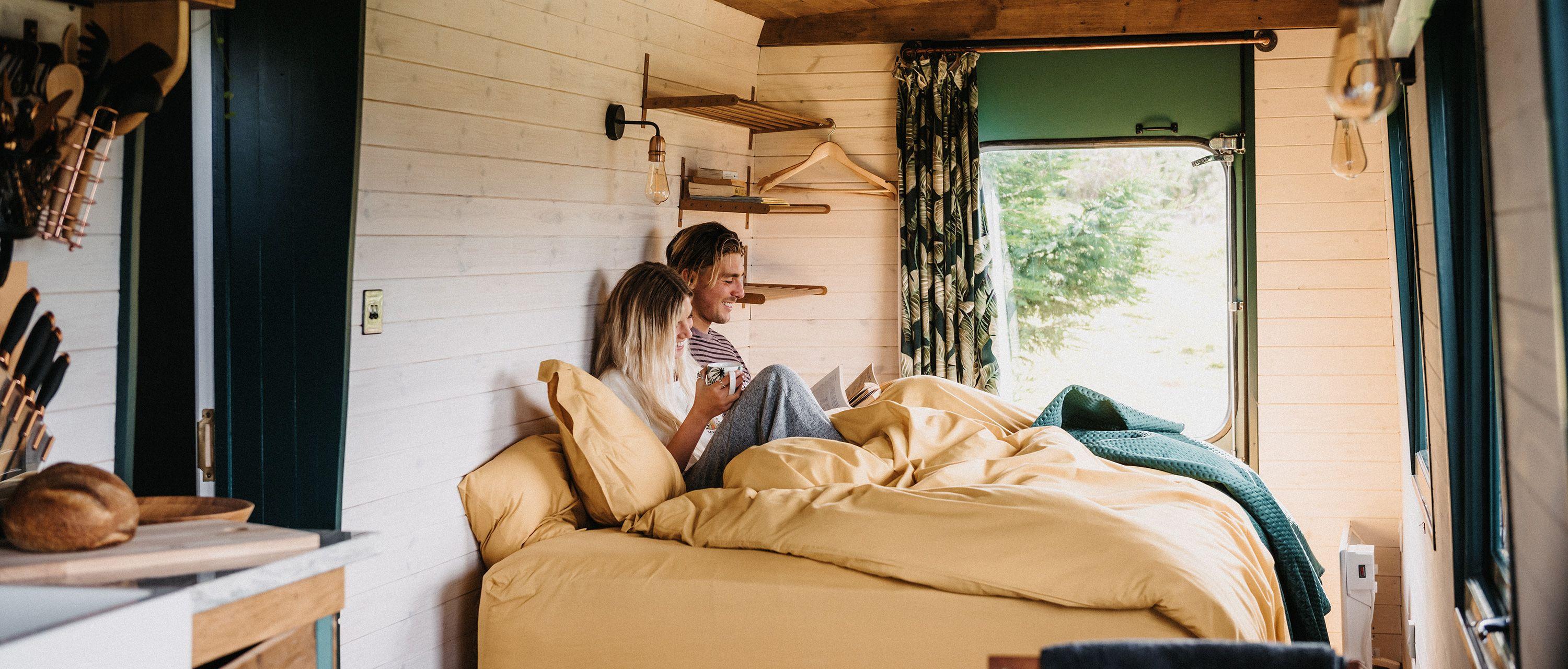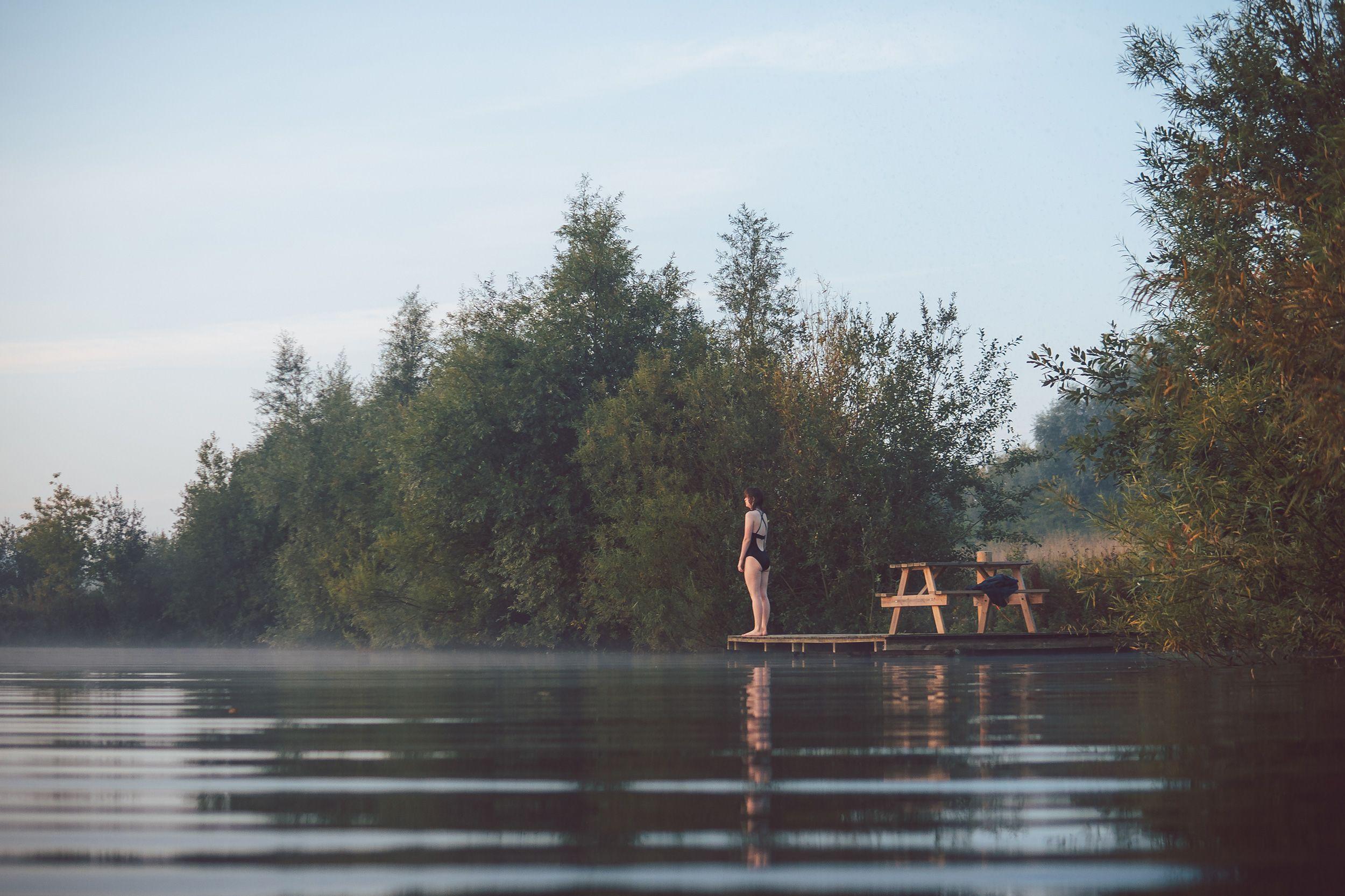- Location
- Glamping
Special occasions
- Stories
- Gift Cards
- About us
About Canopy & Stars
More from Canopy & Stars
More at Sawday's
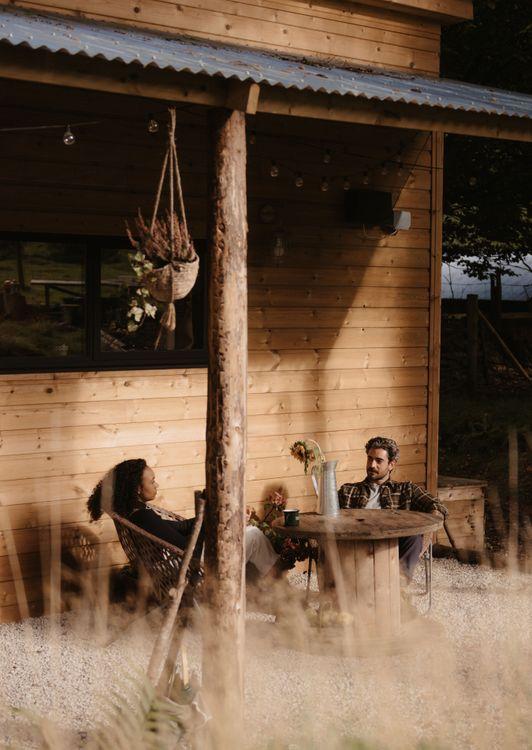
Cabin bucket list: The ultimate guide to Cabin-must-dos
For some, the appeal of a cabin is the simple fact you can hide away, and do absolutely nothing, in beautiful surroundings, with not a drop of judgement. For others, it’s about getting out there, exploring, and having an active adventure. Whichever your preference is, we’ve compiled some of our favourite activities for you to tick off your very own, Cabin Bucket List.
Build a fire with wood you’ve chopped yourself
This is one likely to already be on your to do list. It's pretty hard to imagine a cabin without chopping wood. There is of course a safe swinging technique, but that's nothing a few minutes on YouTube won't teach you -- here's the dungaree-wearing legend, Thoren Bradley, himself. And as for kindling, this guy's got it down. If you've never built your own fire, you're missing out. There's something deeply primal about stacking this temporary sculpture up and working out how fire will follow the path made by your creation, but lighting it all and watching it crumble is by far the best part. If you don't count napping by it crackling.
Cook a foraged meal over a firepit
Forget the pride you feel making a decent sandwich, foraging a meal, in whatever capacity, is an incredible feeling. Whatever you're cooking on, a fixed skillet, a cooking tripod or a Kadai Firebowl, it's a great way to shuck the city living and feed your wilder side.
Foraging comes in different grades - an easier one, where you could perhaps find a garnish, and gently top your meal with it. A medium tier where you find just one of the ingredients locally -- perhaps the samphire, in your brown shrimp and samphire tagliatelle? - or top tier, where you source (almost) everything from the locale. This could be breakfast, dinner or lunch -- and if it's a smaller meal, it could be something like foraging for chanterelles, wild garlic and parsley to make a little snack on toast. But, as ever -- take only 10% of what you find, and be very, very sure of what you're picking.
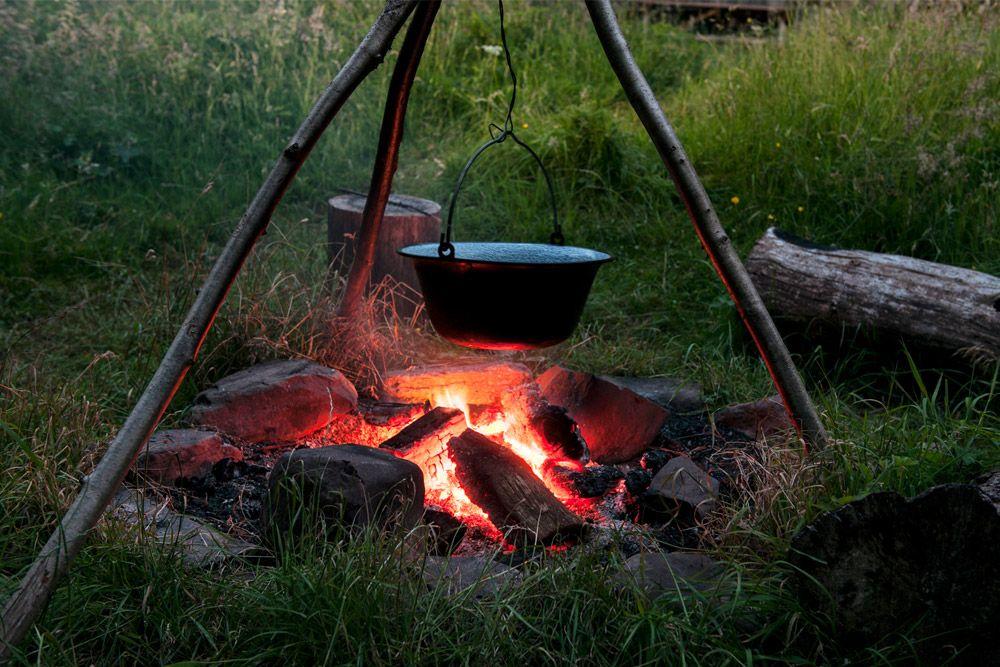
Spot some rare wildlife
Whilst you’re at a cabin, chances are you’ll see something out of the corner of your eye, as it flits past or dives for cover into the treeline. But if you’re really trying to spot wildlife, you’ll have to adopt a new approach. This can be akin to a kind of meditation, as it takes conscious effort to move a little more slowly, quietly, and with an eye to the distance for creatures great and small. There’s not much like spotting a deer, watching it pause in its tracks and stare back – or seeing a lightning-blue beam along a riverway – only to come to a dead stop as a kingfisher. Not to get too sentimental, but it’s pretty magical. So how do you actually spot these creatures?
Consider the time of day and the season: Check an almanac or google what you’re hoping to spot. It tends to be that mating seasons have more activity, so you’re more likely to see them then. It’s also worth working out when they’re awake and active. Are they diurnal (like humans)? Nocturnal (like Owls)? Or crepuscular (awake at dawn and dusk)?
Find a transition area: A transition area’s where one type of topography shifts to another, like woodland to riverbank. All animals need to eat and drink like us, so it makes sense to look for them by water. Better yet, you might even spot tracks in the mud, which will give you a sense of where you might find some of your desired creatures.
Move slowly and quietly, and pick a spot to settle: Just like hunters stay in the one spot to keep an eye out for deer and ducks and the like, it’s often a good idea to stay in the one place so you’re not spotted by your desired subject animal. If you need to move, do so very gently, as the slightest crunch underfoot might send your animal sprinting (or soaring).
Climb your first mountain
We're pretty sure all of us have at least daydreamed about climbing a mountain at some point, and yet, so few of us have. So, we have some good news -- most of us can. National Geographic defines a mountain as anything over 304.8 metres -- or about the size of the Eiffel tower. And if it's good enough for National Geographic, it's good enough for us.
What do you need to climb a mountain? Well, there are times when we've been geared up to the nines in pro jackets and ankle protecting walking boots, then overtaken by hardy locals in flip flops and good spirits. But if you're going to do it, we'd recommend at least:
Sturdy shoes, ideally walking boots. Remember, what you can wear for a day in town, may still give you blisters up a mountain.
A rucksack -- need we say why?
A big water bottle (trust.)
A coat (if you don't bring it, it'll rain.)
Lunch/a meal and lots of snacks
A bag for trash
A sense of adventure
Whatever else you want to bring -- it's up to you. Your phone for social posts, or no phone and a clear head. A 6-pack of beer for roadies when you're back down? A frisbee? Whatever.
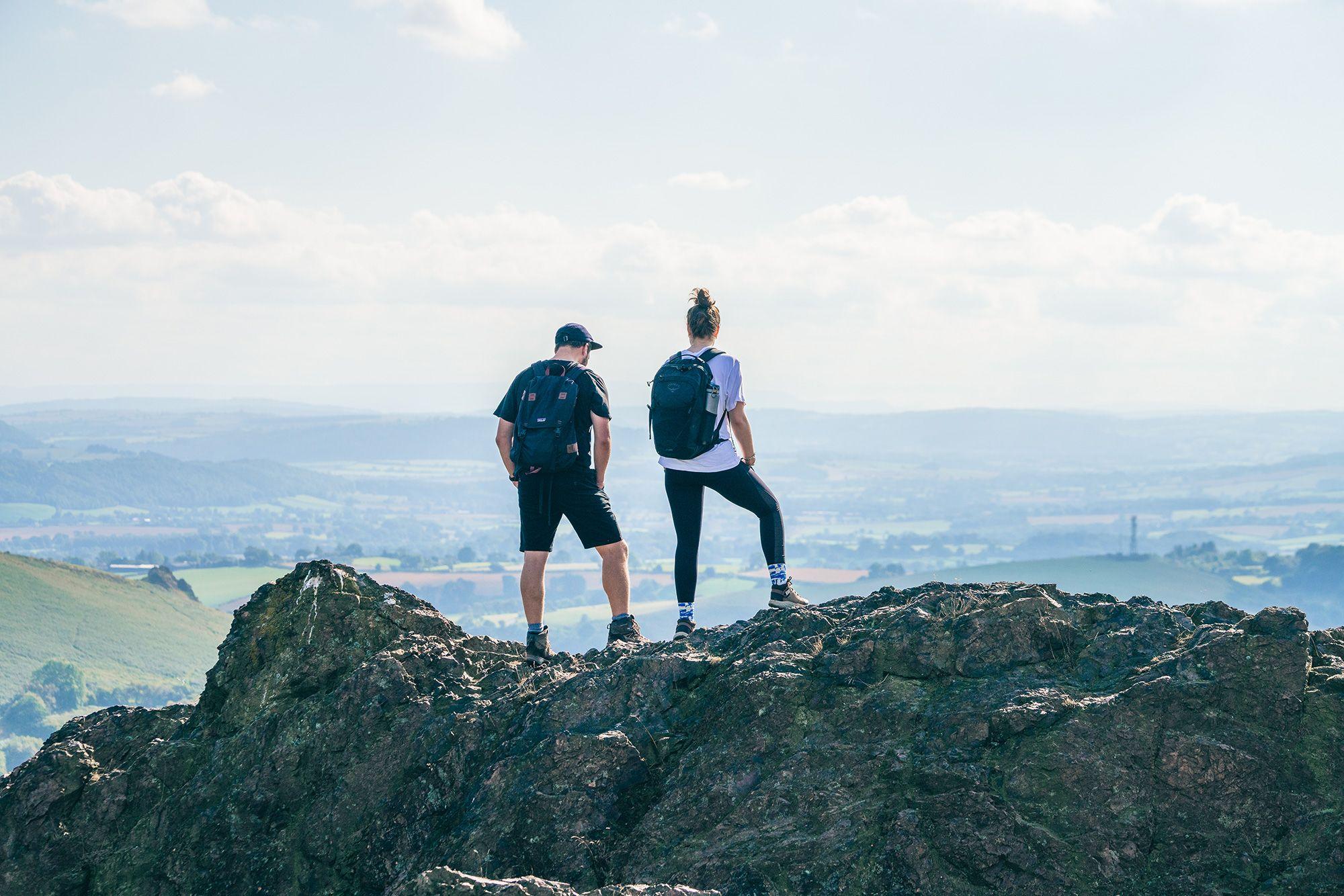
Find your own secret wild swimming spot
You might’ve heard of something called, ‘wild swimming’. You know what, maybe even somewhere on this site… We know what you’re thinking. It’s not for me. Too cold. Too… outside. But this is a bucket list, and it’s all about getting something ticked off, so at the very least, you can say you’ve done it, and at the most – well you might just discover a new love. The data that’s come out around wild swimming is extensive, and compelling, and we have to say, even just the once is a pretty incredible experience. As ever however, if you are planning on going to do it – make sure you read up around the risks, and how you can take to the water safely.
Many of you might have already given it a go – there’s plenty of spots around the place, and many aren’t even that far from ‘civilisation’. But if you really want to feel wild – find a wild swimming spot of your own. Take to Google Maps and find waterways near a space, or even just hike and find them yourself. There are rivers, lakes, waterfalls and more hidden away, and the ones you discover yourself are the most likely to be able to enjoy all by yourself. There’s something almost too hard to describe about it, you’re mind goes quiet, time slows down, and you’re deeply grounded and present. Like meditation, but you get to move, and play. After, you’re warm all day, focused, energetic, and best of all, uninterruptedly calm.

